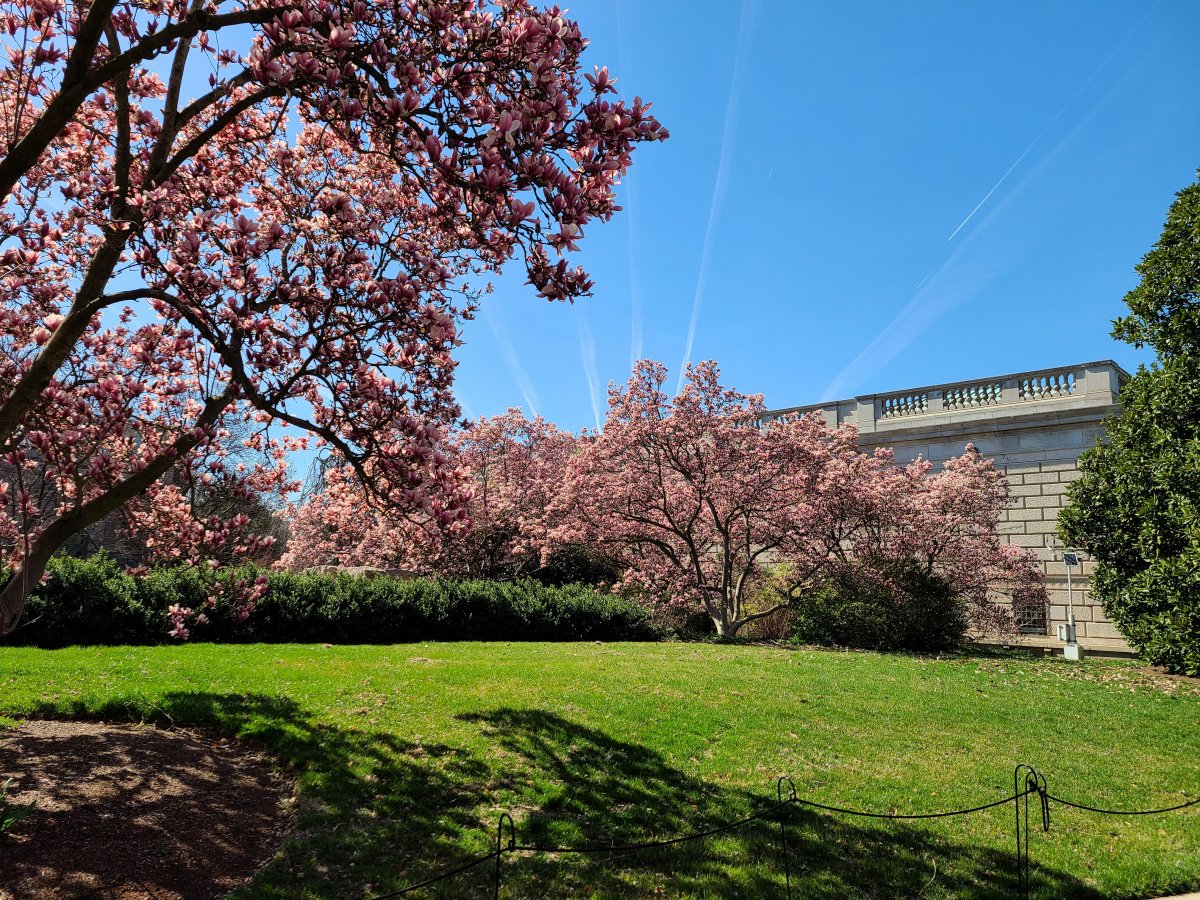On the morning of Monday, July 22nd, 60 educators representing 11 school systems from around the world made their way toward a ballroom in Washington, DC. Nametags were retrieved, coffee was poured, handshakes were exchanged, and eventually each chair in the room was claimed. As the room’s volume grew by the minute, so too did the palpable mix of enthusiasm, determination, and eagerness for each team to dive in to their task for the next five days: devising a five-year strategic plan for their school system’s Science, Technology, Engineering, and Math (STEM) program using the Smithsonian Science Education Center’s (SSEC) Leadership and Assistance for Science Education Reform (LASER) model. At 10:00 am, the welcoming remarks began, kicking off the 2019 Smithsonian Science Leadership Development & Strategic Planning Institute.
The institute consistently brings in a diverse group of participants, as each team contains a mix of individuals that may include administrators, teachers, department chairs, community members, and government officials. Yet from this first morning, it was clear that the 2019 institute was special in regard to both its participants and the populations they represented. Some teams were creating strategic plans for individual schools, others for counties around the United States, and others for entire countries. In the room there were representatives of three continents and three primary spoken languages. Thanks to simultaneous translation services, it became routine to see a wave of headphones come on and off as presenters switched between these languages.
 Trees are in bloom in the Smithsonian's Enid A. Haupt Garden.
Trees are in bloom in the Smithsonian's Enid A. Haupt Garden.